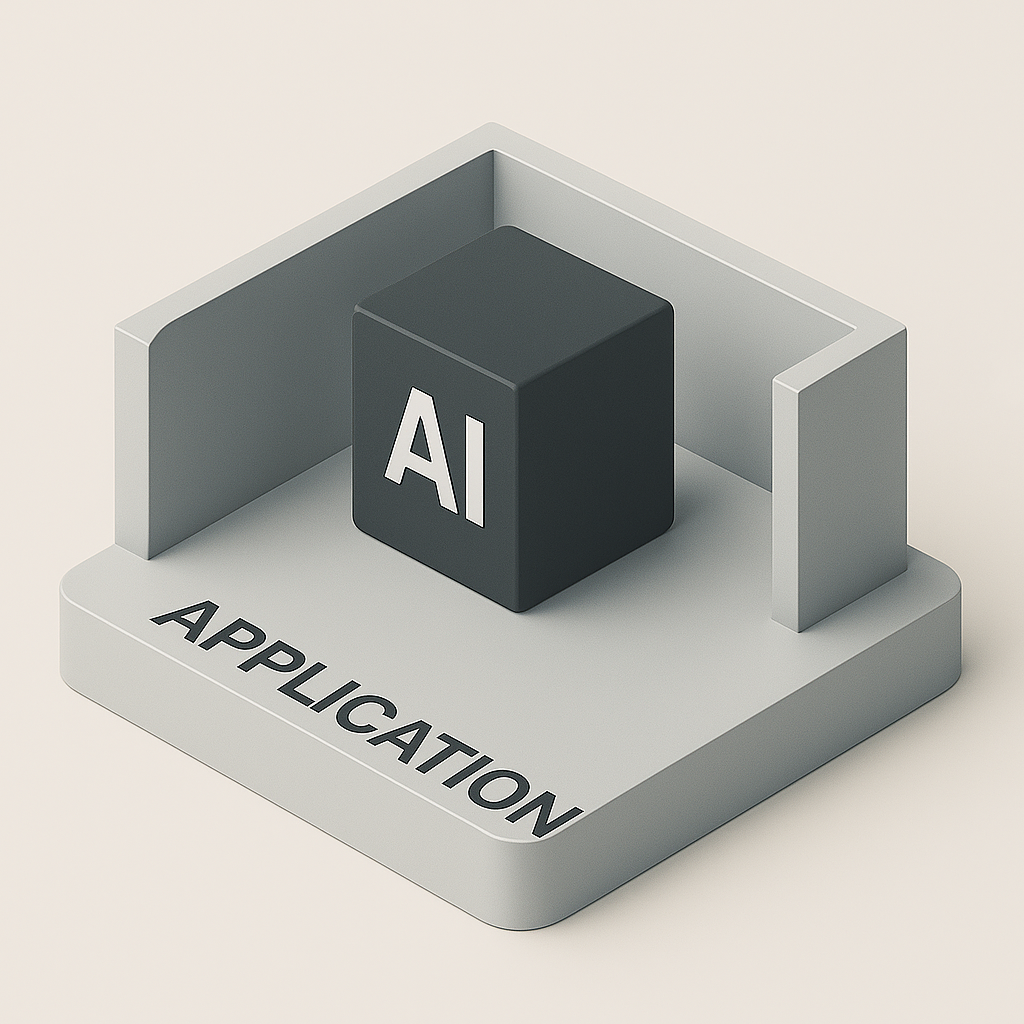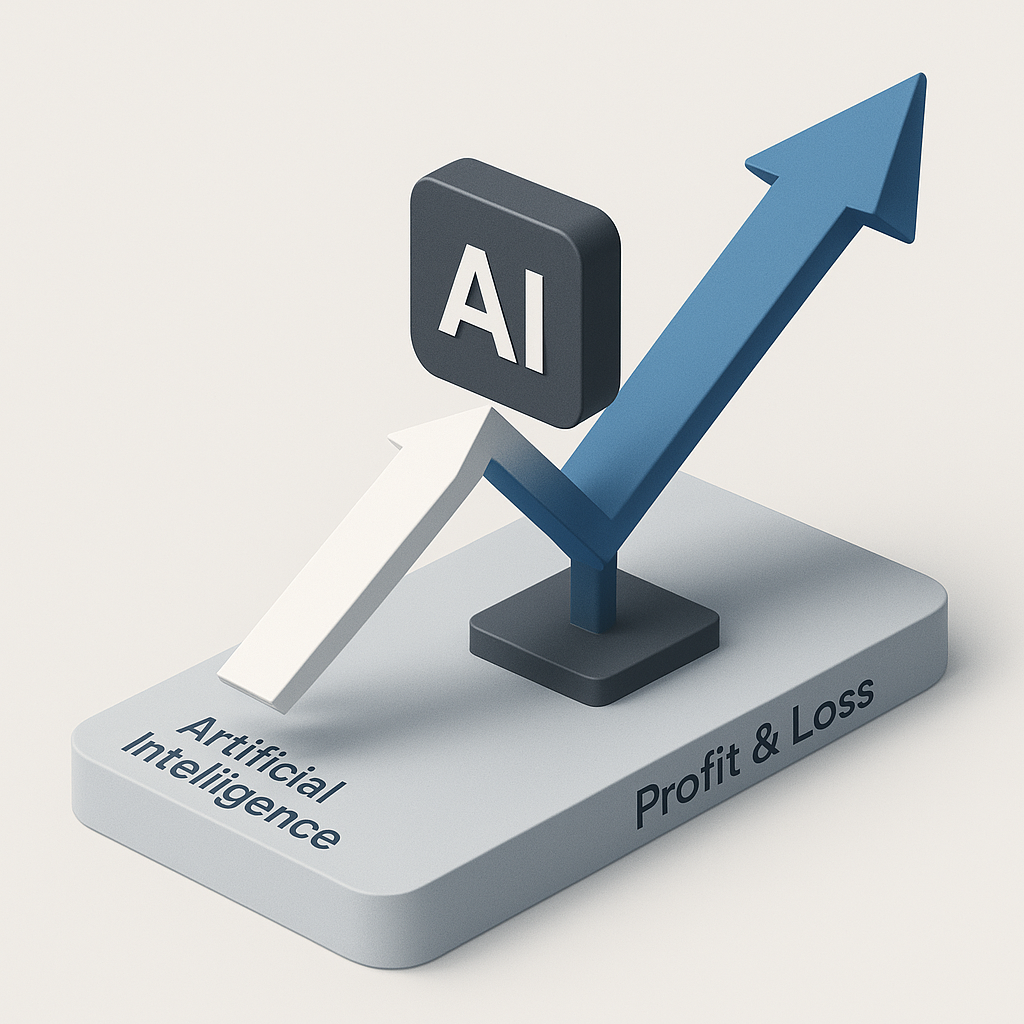
Legacy mainframe systems are the backbone of many enterprises, yet they come with skyrocketing costs, operational inefficiencies, and limited scalability. Businesses often underestimate the total cost of ownership of mainframes, failing to account for maintenance, licensing, energy consumption, and the increasing skills gap in COBOL development.
AWS-native solutions provide a path to dramatic cost reductions while improving agility, scalability, and operational efficiency. This article explores the true cost of mainframe operations, the financial impact of migrating to AWS, and how companies can make the transition.
The Cost of Mainframe Dependency
Enterprises relying on mainframes face several hidden costs:
- Infrastructure Costs: Legacy hardware requires expensive maintenance, specialized cooling, and power-hungry operations.
- Software Licensing: Vendors charge hefty licensing fees for mainframe OS, databases, and middleware. MIPS overage fines can be extremely expensive.
- Talent Shortage: The decline in COBOL-trained professionals drives up labor costs.
- Lack of Scalability: Expanding mainframe capacity is expensive, requiring additional hardware investments.
- Operational Rigidity: Inability to adopt modern DevOps practices hinders agility.
Cost Comparison: Mainframe vs. AWS Kubernetes
The following illustration compares mainframe TCO with a cloud-native Kubernetes-based solution on AWS for a large a enterprise:

Migrating to AWS can reduce mainframe TCO by 50-70% through a pay-as-you-go model, optimized resource allocation, and automation.
The Financial Benefits of Migrating to AWS
By transitioning from on-prem mainframes to AWS, enterprises can achieve:
Lower Infrastructure Costs: AWS replaces proprietary mainframe hardware with on-demand cloud compute (EC2, Fargate, Lambda, EKS).
Reduced Licensing Fees: Eliminates expensive mainframe software licensing in favor of AWS-native services.
Increased Operational Efficiency: Automated deployments, autoscaling, and GitOps-based infrastructure management.
Scalability & Flexibility: Scale workloads dynamically with EKS and serverless architectures. Talent Accessibility: Shift from COBOL-dependent teams to cloud-native skills that are widely available.
Migration Roadmap: From Mainframe to AWS
Phased Approach to Migration
-
Assessment & TCO Analysis:
- Evaluate mainframe costs and workload dependencies.
- Use AWS Migration Evaluator for cost projections.
-
Containerization of Legacy Workloads:
- Containerize COBOL applications.
- Use Kubernetes (EKS) to orchestrate legacy processes.
-
Data Modernization:
- Migrate mainframe data to Amazon RDS, DynamoDB, or S3.
- Implement real-time data enrichment using any modern cloud service.
-
Full Cloud-Native Transition:
- Replatform and refactor workloads for Lambda, Fargate, or Kubernetes.
- Implement CI/CD, GitOps, and Infrastructure-as-Code.
Using AWS Pricing Calculator to Estimate Savings
AWS provides a Pricing Calculator API to help estimate cost savings when migrating workloads.
import requests
url = "https://pricing.us-east-1.amazonaws.com/prod/pricing/v1.0/awsservices/EKS"
response = requests.get(url)
pricing_data = response.json()
# Extract sample EKS pricing info
eks_pricing = pricing_data["terms"]["OnDemand"]
for key, value in eks_pricing.items():
print(f"Instance Type: {key}, Price per hour: {value['priceDimensions']}")
This script queries AWS pricing for EKS compute costs, providing a direct comparison to mainframe expenses.
Final Thoughts: Why AWS is the Future of Enterprise IT
Mainframe operations are costly, inflexible, and difficult to scale. Migrating to AWS provides enterprises with:
Massive cost reductions via pay-as-you-go pricing.
Modernized operations with containerized & serverless architectures.
Enhanced agility through automation, GitOps, and DevOps practices.
Scalability & security with AWS-native cloud services.
The future of enterprise IT is cloud-native. Companies that embrace AWS for mainframe modernization will gain a competitive advantage in cost efficiency, agility, and innovation.



